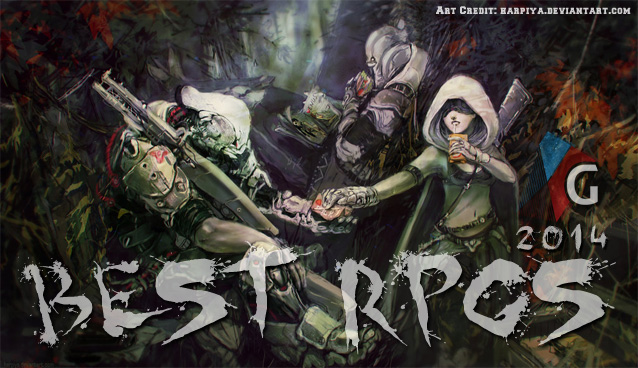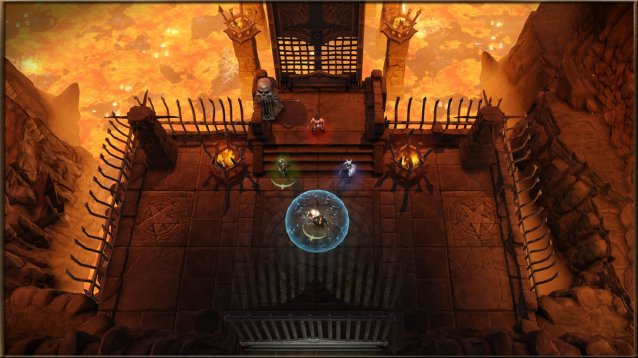

If you've ever wondered what Prince of Persia would have looked like as a PSone-era platformer, here's your chance to find out. Assassin's Creed: Altair's Chronicles might borrow the setting and characters of last year's free-roaming, rooftop-climbing hit, but its deathtrap-filled levels and linear action are much closer to the series that Assassin's Creed evolved from. That might be disappointing if you're expecting another open-ended sneakfest, but for what Altair's Chronicles is - which, for the record, is a handheld console-game spinoff, created by a company best known for cell-phone games - it's actually not bad.
Taking place a year before Assassin's Creed, Altair's Chronicles opens with the white-robed hero Altair arriving in the Assassin village of Alep, only to find it in flames. The place is under attack from the Knights Templar, and once Altair fights his way through them, he's immediately given a new mission: find the Chalice, a sacred artifact that could swing the balance of the Crusades, and keep it from those who would possess it.
What follows is a mix of action and investigation that sends Altair through the streets of Damascus, Acre, Tyre and Jerusalem, where he'll pick pockets, interrogate persons of interest and - whether he's careful or not - get into lots of fights with guards. He'll also spend a lot of time running up the sides of buildings (an ability that you don't get until after the opening level), leaping fluidly between rooftops and dodging deathtraps. A lot of deathtraps, actually; citizens of the medieval Middle East apparently spent a lot of time covering their homes with spring-loaded axes, deadly cobras and spikes that retract at rhythmic intervals.
This is where the game is at its best. While you'll often have to slow down and tiptoe your way through hazards, the game's a lot of fun when Altair's tearing across rooftops and narrow catwalks at full blast, and when you can effortlessly dodge traps and swing across chasms with split-second timing, it's a rush.
The action all happens in 3D, but it's a constrained kind of 3D that moves to close-up during fights and stays at an isometric overhead angle the rest of the time. Generally, this works pretty well, although the angled view sometimes makes it tough to judge distances or to figure out where objects are in relation to one another. You might step onto what you think is a south-pointing walkway, for example, and then discover that it was just the wall of the building you were standing on, and you're now falling to the street below. And then you'll have to walk slowly back to the nearest ladder or low roof, hoping guards don't attack and civilians don’t start throwing rocks.




 Top 10 Best RPGs of 2014
Top 10 Best RPGs of 2014 Madden 25 Review: Not Quite Next Gen
Madden 25 Review: Not Quite Next Gen Rocket League (PC) Super Sonic Fury DLC details
Rocket League (PC) Super Sonic Fury DLC details Review: Gauntlet - Old School Fun
Review: Gauntlet - Old School Fun How to get Dying Light A Long Way Down Trophy / Achievement
How to get Dying Light A Long Way Down Trophy / Achievement